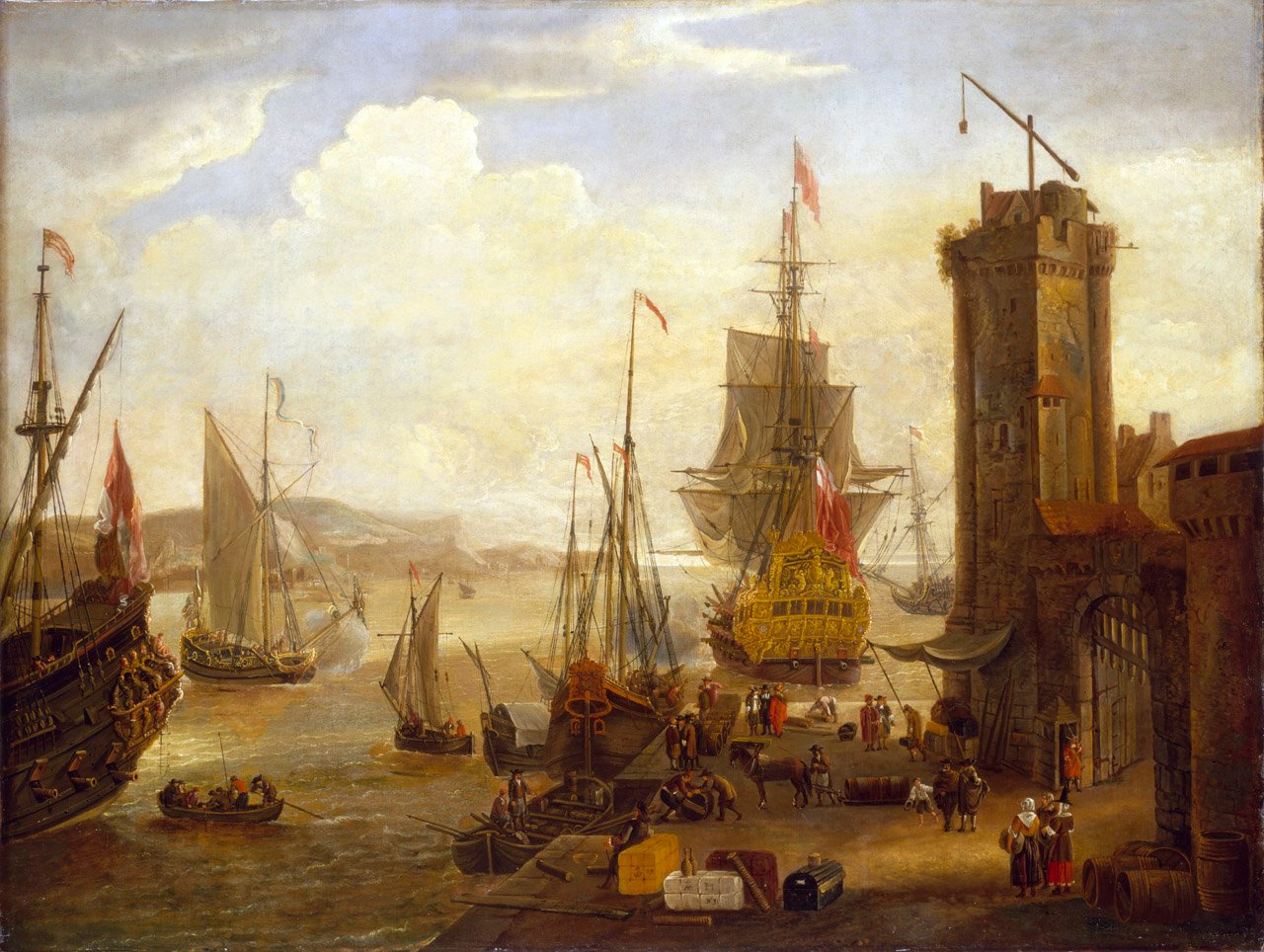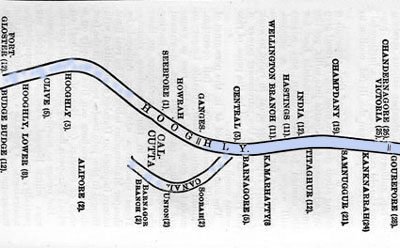
“The Golden Fibre”
Jute, a rain-fed crop grown primarily in India, is often referred to as the “golden fibre.” It’s a sustainable crop that is beneficial for both the environment and humans. Jute is grown with less fertilizer and helps to keep the environment clean. However, despite its many advantages, its importance is often overlooked. Unfortunately, the rampant use of already banned plastic bags has significantly affected the popularity of jute products.
One of the main reasons polythene is more popular than jute is the cost of production. Jute production is slightly more expensive than synthetic materials. However, in the long run, polythene is much more damaging to the environment since it is not biodegradable. The production of polythene emits a significant amount of carbon dioxide, contributing to global warming. It also damages soil fertility. Synthetic materials block water flow, leading to floods and waterlogging. Additionally, it leaves behind a significant amount of non-degradable waste, which is a major problem.
Jute helps in improving the condition of soil and also increases its fertility. Methods used in the production of jute and its by-products are very eco-friendly and it has a very less impact on our environment.
History Of Jute
Jute, a highly versatile fiber, boasts of a rich history that dates back to ancient Africa and Asia. Textile production using jute began in the 3rd millennium BC, specifically in the Indus Valley civilization – present-day Pakistan and Northwest India. In those early days, despite the lack of refinement in the production process, jute was utilized in the creation of a range of household and commercial items, including grain and vegetable sacks, ropes and twine, floor matting, clothing, and even paper, based on recent archaeological discoveries.
The detailed 16th-century document, Ain-i-Akbari, and other ancient documents offer a glimpse into jute’s extensive history. It describes the use of jute by poor Indian villagers for clothing and by Bengalis for making ropes, twines, and other household commodities using ancient ‘white jute.’ Jute was ubiquitous in Africa and Asia, especially in East Bengal and West Bengal, India, where it was an essential element in every household and passed through the hands of numerous merchants.
This was all before the Europeans discovered jute and its potential.
Jute Makes its Way to Europe and the UK


Early in the 17th century, the Dutch and the French discovered jute. As you can imagine, they were thrilled about this resilient plant fibre, knowing it could take care of all their basic needs and more. So, they transported it from Bengal to Europe. The British East India Company did the same later, to Britain.
Jute found its way into many different industries there. The British traded in jute and used it in the military during their reign. And British barons became extremely wealthy by manufacturing and selling jute merchandise.
By 1790, jute had found its way to Dundee, Scotland, which lead to a very successful jute trade there. Regarded as the European home of jute spinners, Dundee is where the world’s first woven fabrics were made.
Setting up Jute Mills in India


As demand for jute surged, so did the need for more efficient production, leading a Dundee resident in the 1850s to discover a method of treating jute with whale oil. While the use of whale oil is now prohibited, this innovation enabled machine-based processing of jute, replacing laborious manual labor.
This development greatly enhanced the jute trade, leading to mill expansions and increased production. By 1895, the Dundee Jute Barons and The British East India Company had established hundreds of jute mills across Bengal, with the Indian jute industry thriving. Consequently, the Scottish jute trade was severely impacted, compelling Scots to migrate to India where they set up their own jute mills.
A Worldwide Supply of Jute
The mechanization of jute production and an increase in its supply meant that jute could meet other large demands across the globe:
- Over a billion sandbags were exported from Bengal to the trenches of World War I, and to the US to bag cotton and coffee
- Jute was commonly used in the construction, furniture, bedding, fishing, art, automobile, and arms industries
- Coined ‘brown paper bag,’ it is the most popular product in gunny sacks, to store rice, wheat, and other grains
- Jute even proved to be the better option over flax in producing car interiors
The jute trade eventually slowed down by the 1970s due to the introduction of synthetics.
Why Did We Stop Using Jute?
Upon examining the past of jute, it’s evident that natural plant fibers were highly effective. Why did we deviate from this approach and abandon a sustainable way of living?
The evolution of synthetic fibers coincided with the proliferation of jute mills across India in the late 19th century. These innovative human-made fibers were deemed more cost-effective, better suited for mass production, and possessed features that appealed to consumers. As a result, we opted for synthetic fibers over plant fibers.
However, it took close to half a century for synthetic fibers to dominate the market and replace plant fibers across a multitude of industries.
What are Synthetic Fibers?
Nylon, polyester, acrylic, and polyolefin are all examples of synthetic fibers, which are human-made through chemical synthesis. The compounds that are used to make synthetic fibers come from petroleum-based chemicals.
The Advantages of Synthetic Fibers, and Why They Were Preferred at The Time
Plant fibres were being used in many industries, with cotton, jute, and flax taking the lead. But when synthetics arrived, they were being advertised for the many advantages that plant fibres seemed to lack at the time.
What were those alluring advantages? Well, in general, synthetics are:
- More durable than natural plant fibres
- Capable of readily absorbing different dye colors
- Consumer-friendly, with features like stretchability, waterproofing and stain resistance
- More resilient to sunlight, moisture, and oils from human skin
- Resistant to larval insect infestation
The Consequences of Going Synthetic
Of course, all actions have consequences. And choosing synthetics had many hazardous ones.
We were suckered in by the convenience synthetics offered. We couldn’t see the predicaments they would lead to later down the road.
We thought there was an endless supply of petroleum and everything it could produce. Or, we just failed to do the correct math to see that supplies were very limited. Neither could we predict the detrimental effect synthetics would have on the environment, with plastic pollution in our oceans and a CO2 build-up in our atmosphere.
The irony is, durability, one of the strengths of synthetics, is also its greatest weakness today.
Jute: An Urgent Resurgent
Fast forward into the 21st century, and here we are, dealing with the grave aftermath of uninformed decision making throughout our history. Today, our planet is knee-deep in plastic – which isn’t going away any time soon.But the good news is, we are now more conscious beings. Humanity is waking up. We are striving for massive changes across the planet – we know the future of humanity depends on it.
More jute mills are opening up across the globe. Manufacturers are supplying a broader range of jute-made merchandise. And since the technology for plant fiber extraction and spinning has vastly improved, so has the quality of all jute merchandise.
Scientific research is giving us insight on how to improve upon the resilience of plant fibers, plus give them hydrophobic attributes.
To add to all those successes, we have better quality, eco-friendly fabric printers these days. They’re capable of outputting very detailed images onto a broad range of textiles.

